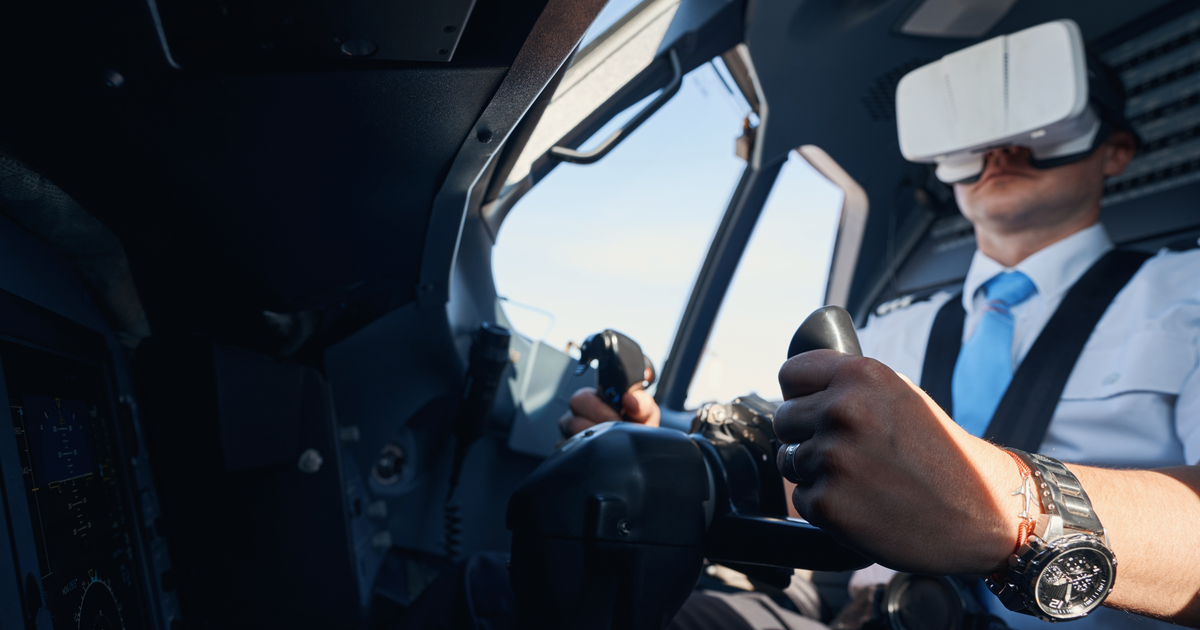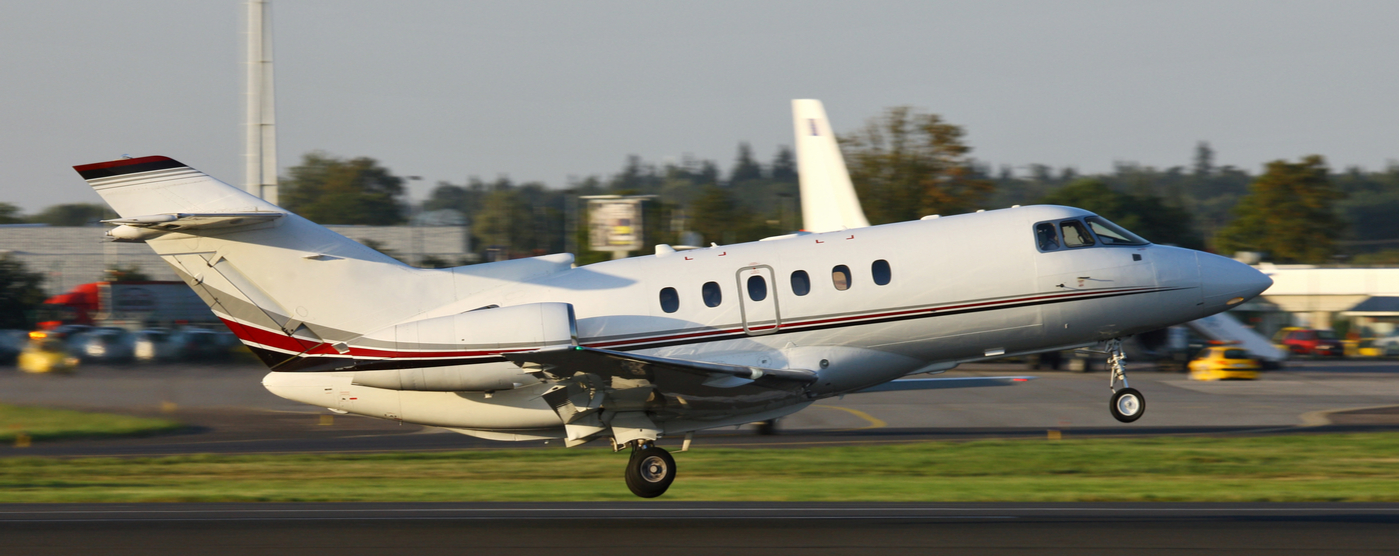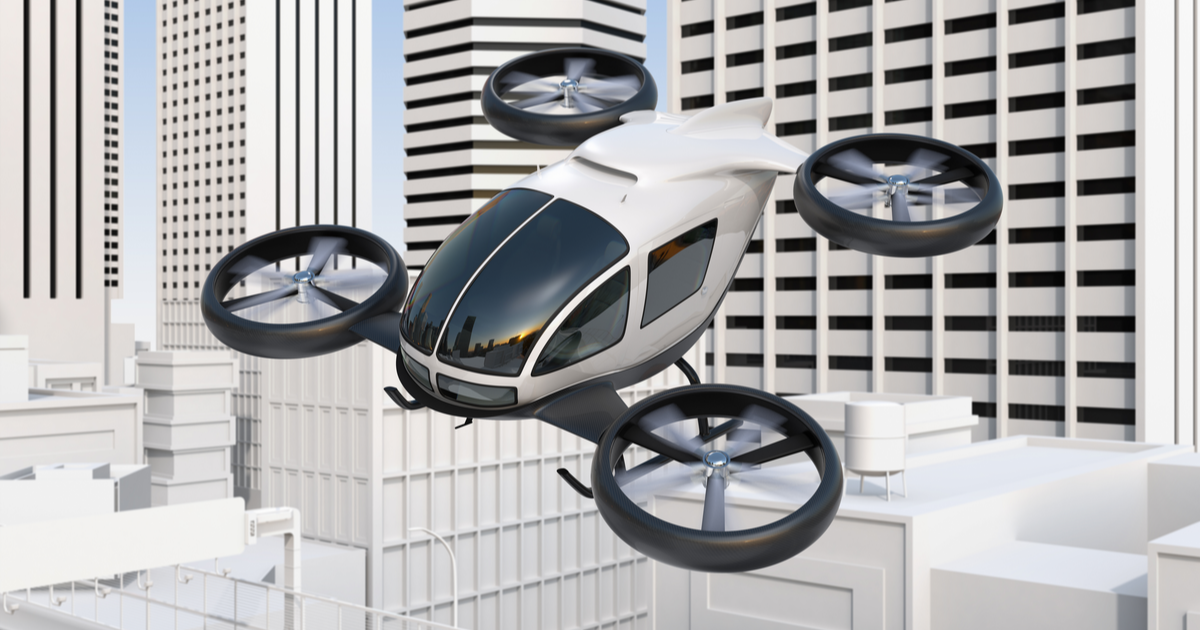Virtual and Augmented Reality Shape the Future of the Aviation Industry

Virtual reality (VR) and augmented reality (AR) are revolutionizing the aviation industry as immersive technologies shape the future of aviation and aviation training as we know it. With wide applications in the global aviation market, growth in VR and AR is projected to reach in the billions over the next decade.
This month, Vaughn College explores the excitement surrounding VR and AR and how these technologies are rapidly becoming valuable assets for today’s aviation giants.
Billion-dollar game changer
According to a new aviation report by Visiongain Research Inc., where the aviation market is concerned, the industries of AR and VR are set to grow to $4.6 billion by 2030. This impressive growth is setting the pace for unprecedented training and maintenance practices that are streamlining operations and making the industry safer—not to mention reducing costs.
Virtual reality vs. augmented reality
Before we dive into the amazing advantages of virtual and augmented reality, it’s important to understand the differences between virtual reality and augmented reality.
- Virtual reality: VR allows users to be fully immersed in a virtual world where everything they see is virtual. For example, in a flight simulator, a pilot-in-training will see the runway, the sky and flight controls all in a virtual world.
- Augmented reality: AR involves providing the pilot, for example, with real-time data and digital elements on condition such as terrain, weather, navigation and traffic—all via a headset. This technology can significantly improve aviation safety during takeoff and landing.
Technology on the ground brings safer skies
Airline travel is considered one of the safest methods of transportation. But did you ever wonder what it takes to earn this reputation? From pilots to aircraft mechanics—and every job in between—the lives of millions of people rest in their hands on every flight, each day, around the world. Today, VR and AR are taking a front seat to traditional aviation training methods of these critical jobs. Here are some of the ways in which VR and AR aviation training practices are transforming the aviation industry to keep travelers safer in the skies:
VR flight simulator training
There’s no denying that pilot training is a costly, risky and time-consuming process. Today, simulating the pilot experience using VR and AR is providing pilots with “in-flight” training where they don’t need to leave the ground, thus making the process safer and more cost-effective. For example, VR flight training can simulate difficult and dangerous scenarios without putting anyone’s life at risk. In the past, traditional pilot training in a real aircraft would put lives and millions of dollars at risk in the event of pilot error. Today, with VR and AR, pilot error is considered an on-the-job teachable opportunity. Have you been considering a career as a pilot? At Vaughn, you can “take off” in our $1 million flight-simulator lab with a member of our professional and experienced flight faculty by your side. You’ll experience a fleet of training devices as you watch your career take off in this exciting and rewarding field.
System design AR training
Building and maintaining an aircraft is no easy feat. It requires highly skilled engineers, designers and aircraft mechanics (link this as well) who possess extreme precision and concentration. After all, there is no room for error, as one mistake can have devastating consequences. AR smart glasses are proving to be a real industry game changer for improving performance and minimizing losses. Aviation companies are getting on board as they are integrating AR with human support. Boeing, for example, is experimenting with AR glasses that are designed to assist technicians with interactive, hands-free, 3D wiring diagrams that can adjust in real time. On the engineering side, AR technology is being used to improve aircraft wiring repairs, which can keep a plane in the air longer and grounded less. Even Lockheed Martin has developed AR technology that is assisting NASA to fasten the construction of the Orion spacecraft! Check out our blog to learn more about how AR and AI is transforming the aerospace industry.
Aviation maintenance
Aircraft maintenance technicians (AMTs)―also known as airframe and powerplant (A&P) technicians―work around the clock for the safety of travelers by ensuring every plane passes inspection before leaving for its destination. Up until now, AMTs would gain experience by working on the actual aircraft that was in need of repairs. Today, VR and AR training simulators allow aviation mechanics to learn and inspect parts of an aircraft remotely in a completely immersive environment. Airbus mechanics, for example, are using VR technology via a VR headset, touchpads and infrared cameras to inspect and repair their aircrafts. Did you know that over 626,000 new maintenance technicians will be needed to maintain the global commercial fleet over the next 20 years according to Boeing’s Pilot and Technician Outlook 2021–2040? If becoming an aircraft maintenance technician is your calling, then the ATI Program at Vaughn is the perfect launching pad where you can earn your Federal Aviation Administration (FAA)-approved A&P certificate to prepare for a high-paying career. Vaughn offers many degree programs in this exciting, high-paying field that can open many doors for students interested in aviation careers. You can also read about many Vaughn student journeys to becoming aircraft mechanics including Angela Wright ’20, Mahdi Machahi ’13, Daniel Cianov ’21 and others.
Ramp handling training
You may never have given the ground crew too much thought—until your luggage gets lost. The reality is that ramp handling is so much more than just cargo handling. This specialized staff is responsible for the plane while it’s still on the ground. Here are just a few of the responsibilities of ramp handlers:
- Ground handling—Boarding services, catering, cleaning, etc.
- Ramp services—Involves everything related to aircraft maintenance, including drainage, refueling, deicing and cargo handling that encompasses luggage loading and air freight, among other tasks.
So, how can VR and AR assist with the training of ramp handlers? Workers can wear headsets that immerse them in a visual airside which allows them to interact with virtual aircrafts and various scenarios.
Cabin crew VR training
An airplane’s cabin crew does so much more than serve refreshments and demonstrate safety instructions. They are responsible for your safety and ensure that all the equipment on board—such as life vests and extinguishers—are present and in working order. Additionally, members of this crew are required to monitor the cabin for any suspicious behavior. Now, imagine VR training where cabin crew members can immerse themselves in medical emergencies or dangerous or difficult real-life situations, such as hijackings or an imminent crash? This technology can be a true lifesaver, as VR flight training technology allows for virtual mistakes—with no harm done—and provides the needed experience when it counts the most.
Interested in a cool technology job? Check out our blog, “Top Technology Trends: The Jobs to Look for.”
Make your futureproof career a reality. Discover how a degree in engineering and technology, management or aviation from Vaughn College can set your on a path of success. Apply today!

